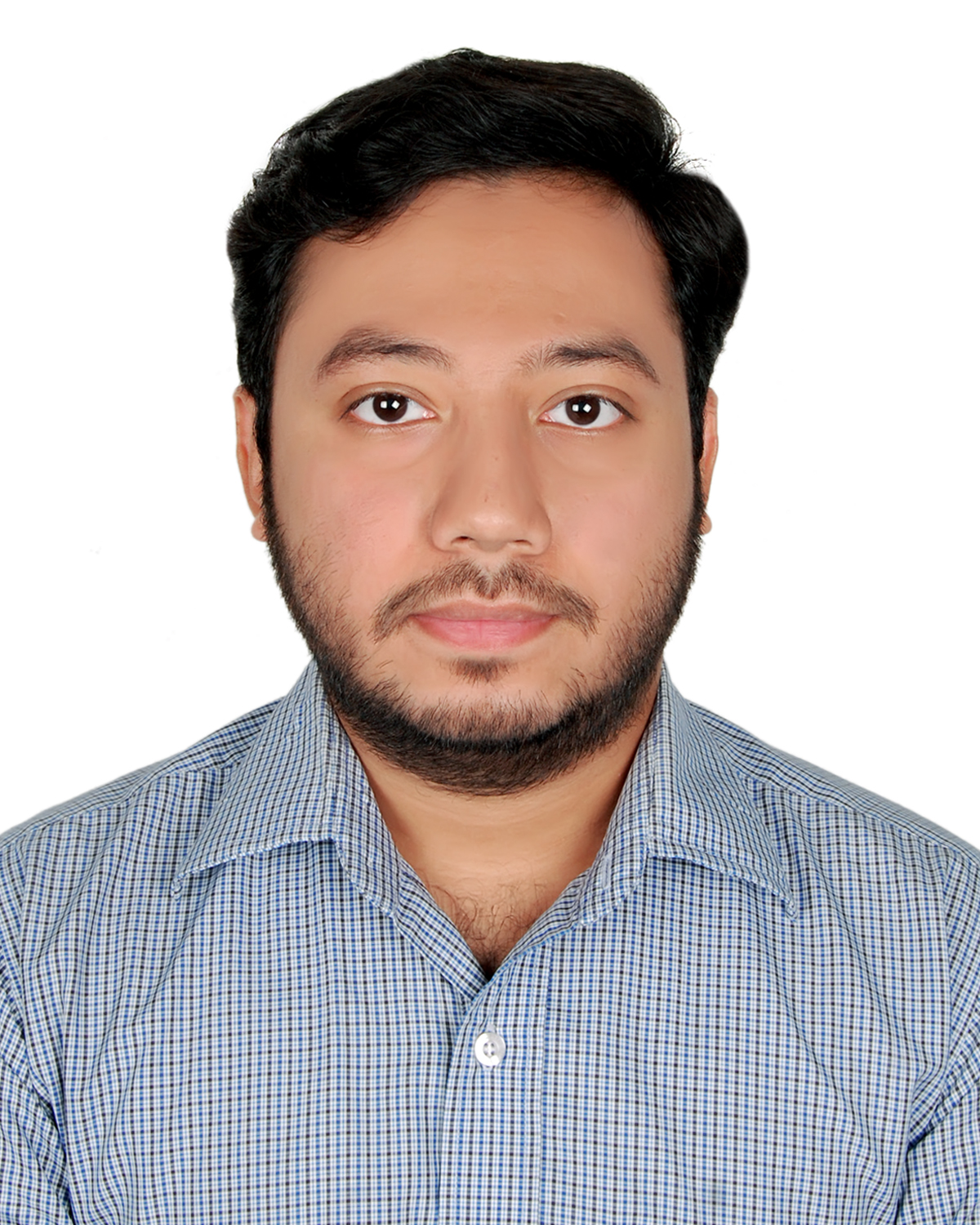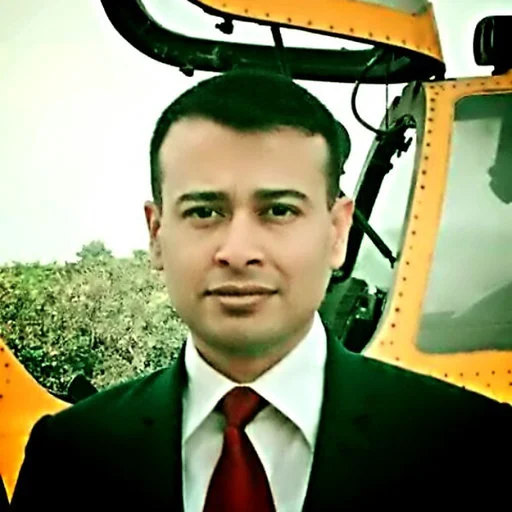
About
The Visual Image Processing Lab (VIP Lab) explores the fundamental mechanisms of how visual information is perceived, processed, analyzed, stored, and recalled, aiming to bridge human visual cognition with computational intelligence. Our research focuses on intelligent behavior understanding, vision-based decision support systems, and biomedical image computing for enhanced diagnostic insight. The lab also emphasizes developing advanced visual information protection methods, including data hiding and multimedia security, to ensure data integrity and confidentiality. Through interdisciplinary innovation, VIP Lab strives to become a leading research center in visual perception and computational imaging, driving the next generation of intelligent, secure, and interpretable vision-based systems for real-world and societal advancement.
News
- ICEEICT 2024 at MIST
Awards & Achievements
-
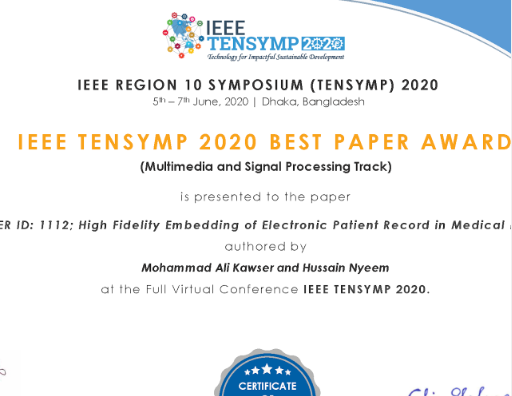 Received the IEEE Region 10 Best Paper Award at TENSYMP 2020
Received the IEEE Region 10 Best Paper Award at TENSYMP 2020 -
 Received the EEE (BD Section) Best Paper Award at SPICSCON 2019
Received the EEE (BD Section) Best Paper Award at SPICSCON 2019 -
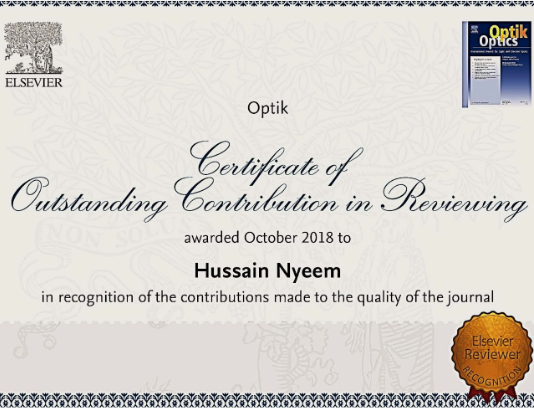 Received the OPTIK (Elsevier) appreciation in October 2018 for the contribution in reviewing
Received the OPTIK (Elsevier) appreciation in October 2018 for the contribution in reviewing -
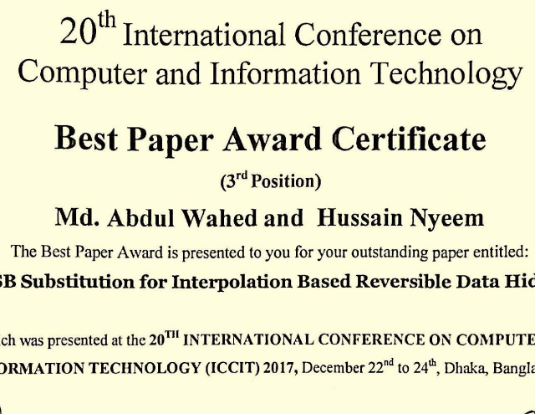 Received the 3rd prize of the Best Paper Award at the 20th ICCIT 2017
Received the 3rd prize of the Best Paper Award at the 20th ICCIT 2017 -
 EICT 2017 Best Paper Award was received at the Khulna University of Engineering and Technology (KUET), Khulna
EICT 2017 Best Paper Award was received at the Khulna University of Engineering and Technology (KUET), Khulna -
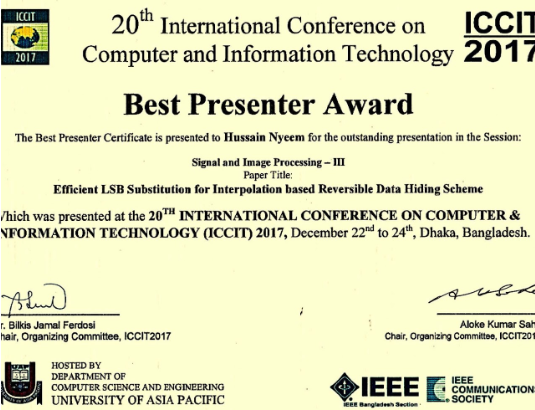 Best presenter at the 20th ICCIT 2017
Best presenter at the 20th ICCIT 2017
Research Areas
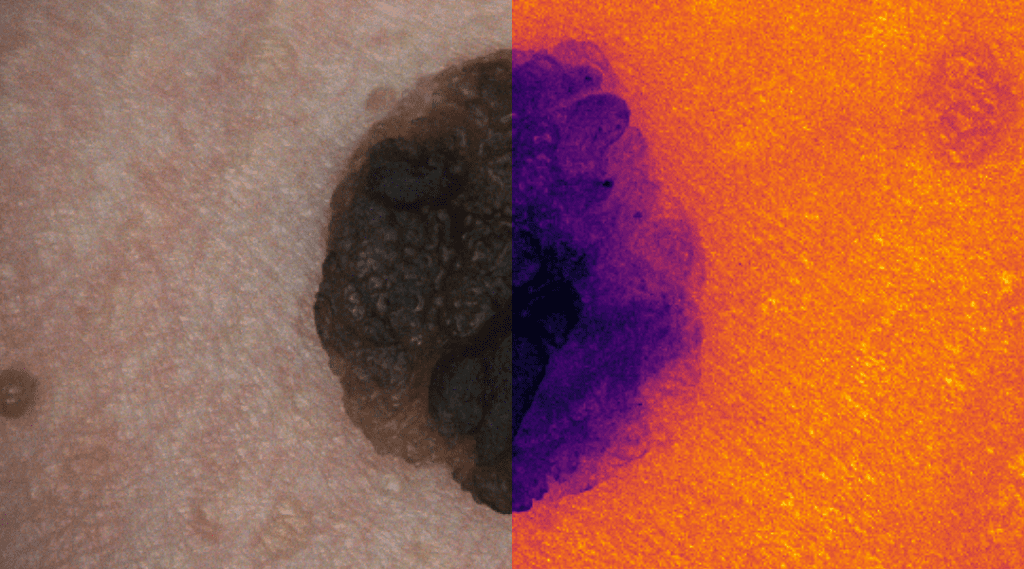
Skin Cancer Detection
Deep learning for skin cancer relies on segmentation and classification.
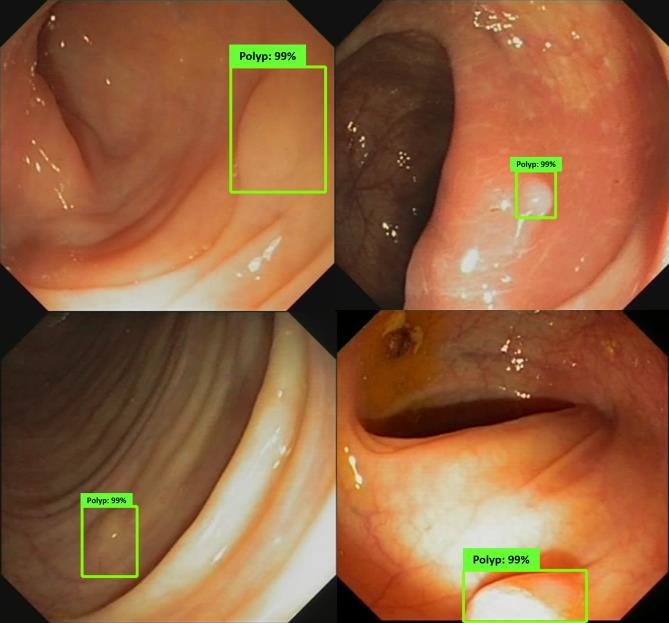
Colonoscopic Polyp Detetction
An AI "second eye" for real-time polyp detection during colonoscopy.
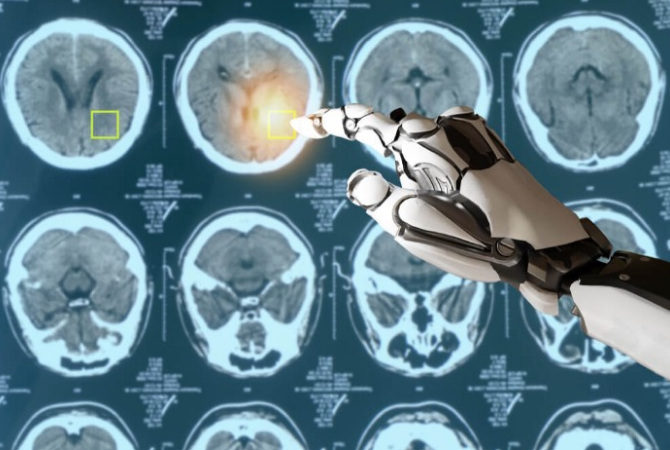
Medical Image Analysis
Imaging, segmentation, and diagnostics for medical data.

Computer Vision
Algorithms and systems for visual understanding and perception.

Remote Sensing
Earth observation and geospatial analysis from aerial and satellite imagery.
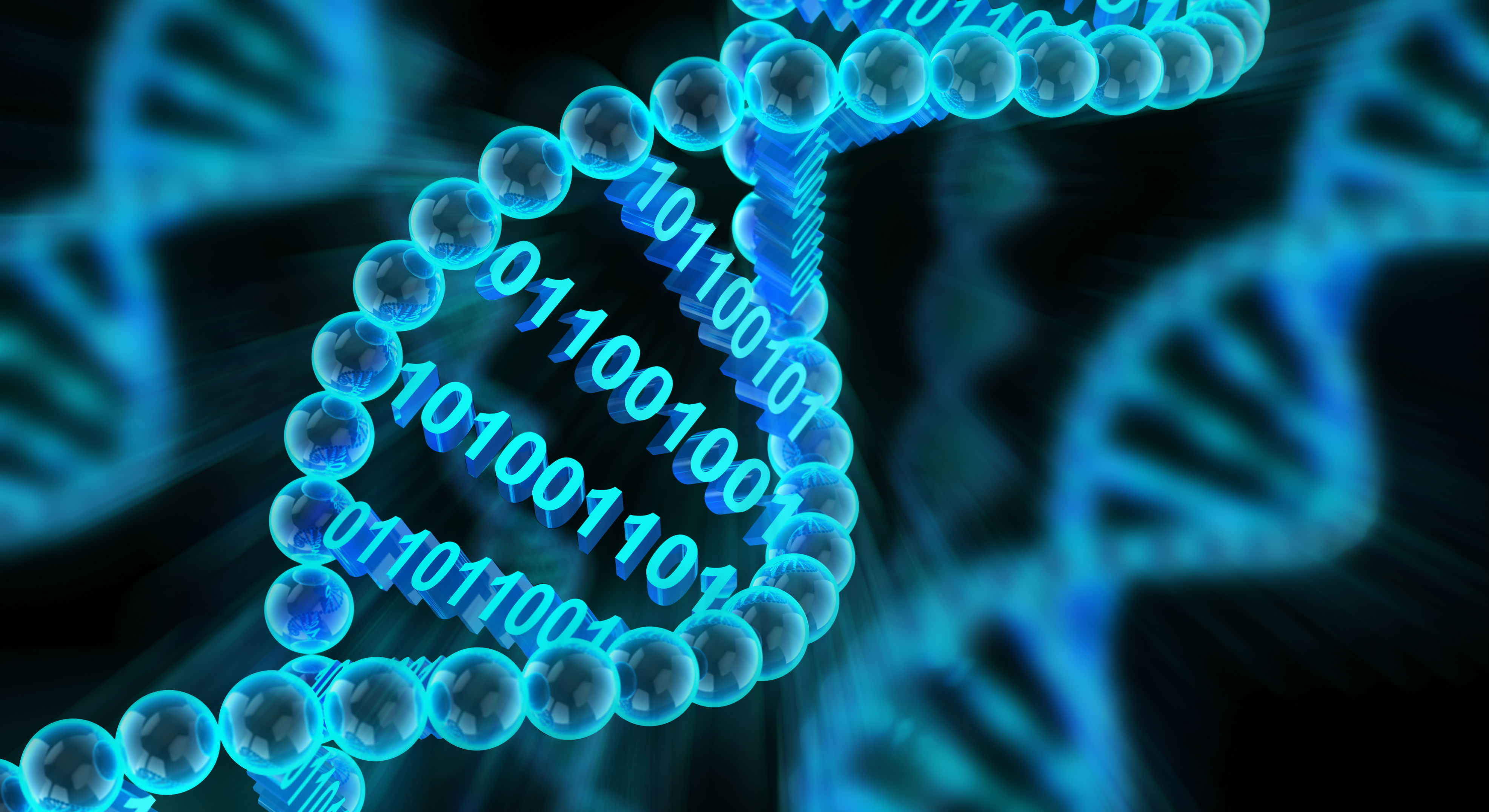
Computational Biology and Bioinformatics
Data-driven modeling and analysis of biological systems.

Image Processing
Signal and image enhancement, restoration, and transformation techniques.
Ongoing Research Projects
More-
2025 Comparative Insight of Scalable Graph Based Spatial Domain Discovery From Stereo-Seq and Slide-Seq Data
-
2025 Ensemble Based Graph Attention Auto-Encoder Architecture For Unsupervised Spatial Clustering
-
2025 Proximity Enhanced Multi-Modal Graph Based Spatial Transcriptomics Clustering
-
2025 Transformer Enhanced Graph Based Spatial Domain Identification
-
2025 UAPNet: Uncertainty Augmented Pyramid Vision Transformer Network With Efficient Channel Filtering for Polyp Segmentation


